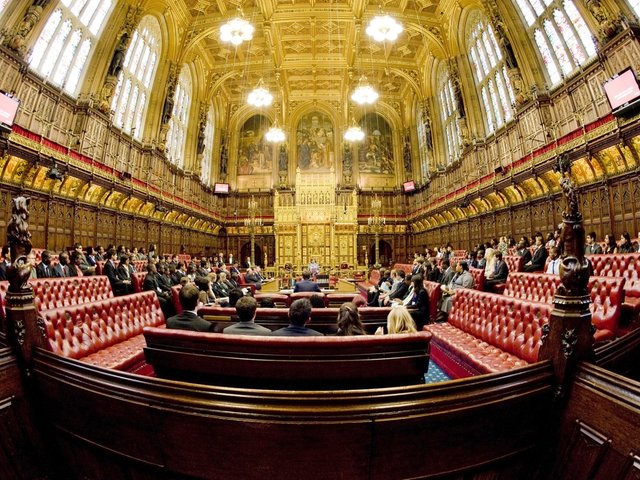London
Thousands of the UK’s most important heritage sites may be marked with “blue shields”, in an effort to preserve them from military attack. This initiative would come under the 1954 Hague Convention for the Protection of Cultural Property in the Event of Armed Conflict, which Britain decided to ratify earlier this year. The Blue Shield scheme has been dubbed “the Red Cross for culture”.
Although not compulsory, States ratifying the convention are allowed to mark historic buildings, monuments and museums with a plaque, comprising a shield design which incorporates a blue square and triangle against a white background. These metal plaques are normally prominently affixed to the main entrance of a building. Although they do not in themselves afford extra legal protection, they provide an additional warning to foreign troops that the site should be respected, as required by the convention.
The degree to which sites are “blue shielded” varies considerably from country to country, with plaques being particularly widely used in Austria and the Netherlands. Surprisingly, no information is held by Unesco on the location of sites with blue shields, and details are only available from national ministries of defence or culture.
A spokesman for the UK Department for Culture, Media and Sport said that discussions on the implementation of the Hague Convention are just beginning, and would involve the Ministry of Defence. Eventually there may well be a public consultation exercise to help determine the use of blue shields.
Professor Patrick Boylan of City University, an expert on the Hague Convention, believes that, at the very least, the blue shields should be applied to all UK scheduled monuments and grade I or II listed buildings, excluding any which are used for military purposes. There are 19,000 scheduled monuments and 30,000 grade I and II buildings in England alone, so adding in Scotland, Wales and Northern Ireland, there would be over 50,000 eligible sites under Professor Boylan’s criteria. Other experts feel that this is far too many sites.
No doubt there will also be a debate on the role of blue shields in 21st-century warfare, and about their usefulness for an island State which looks unlikely to face a sea or air invasion.


